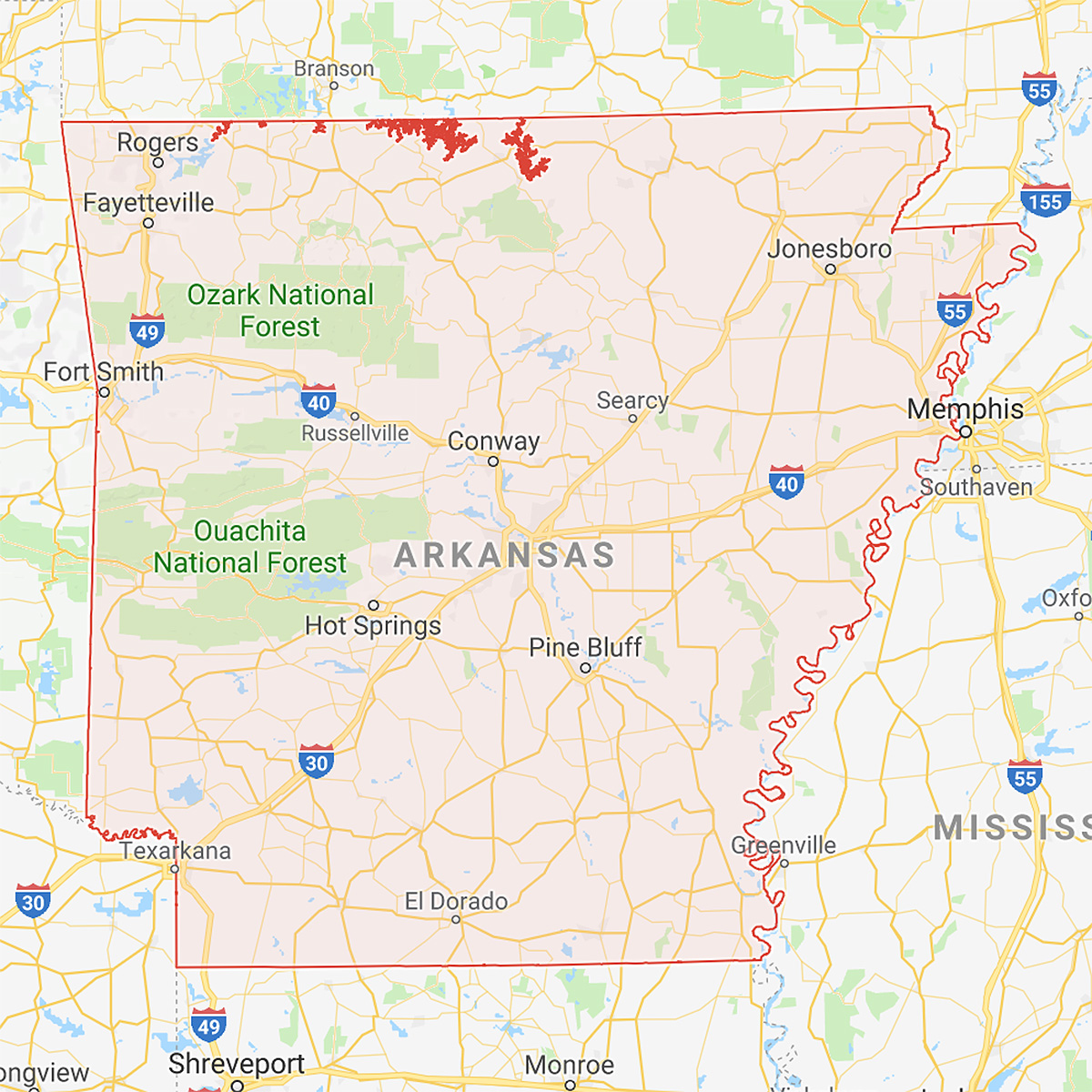A Closer Look at the Benefits of a Statewide STEMI System For Arkansas
 Source: Google Maps
Source: Google Maps
During the 2015 annual meeting of the ACC Arkansas Chapter, cardiologist Barry Tedder, MD, FACC, highlighted the Mission: Lifeline program — an initiative to adopt a statewide ST elevation myocardial infarction (STEMI) system for the state of Arkansas.
In collaboration with the American Heart Association (AHA), Tedder is encouraging hospitals and emergency medical service (EMS) organizations to work together to ensure timely, consistent care of STEMI patients. With a high rural population, it is expected that a statewide STEMI system in Arkansas will positively impact the quality of care provided to patients as it has in similar states like Mississippi and North Carolina.
Cammie Marti, RN, MPH, PhD, AHA's director of quality and systems improvement in Arkansas is currently analyzing data submitted by STEMI coordinators from Arkansas hospitals. Initial results show that Arkansas hospitals often have good door-to-intervention time, but more rapid patient transport is needed to cardiac catheterization equipped hospitals.
Opportunities exist to standardize protocols for patient transport and cath lab team notification, and also to better educate Arkansans about early warning signs and symptoms of myocardial infarction Although there is a lot of work still to do, Cammie reports that she is "impressed by the level of enthusiasm shown across the state from all specialties of care."
In 2015 alone, the number of hospitals in Arkansas participating in the Mission: Lifeline program more than doubled, and 10 EMS agencies received national awards — up from zero the year before. Progress in the state has also led to much-needed funding. The Central Region of Arkansas was recently awarded the Mission: Lifeline STEMI Accelerator Grant from Duke University.
By the end of 2016, the goal is to have a statewide blinded report that will allow hospitals to benchmark their system's quality data with others across the state. All participating hospitals and related EMS agencies will be invited to come together to discuss the report, which assigns an alphanumeric to each hospital, in an effort to identify trends and decrease overall mortality.
Although there is a lot of work still to do, the level of enthusiasm shown across the state from all specialties of care Is impressive.
This article was authored by Elizabeth Lee, PhD, APRN, ACNS-BC, assistant professor of nursing at the University of Arkansas at Little Rock in Little Rock, Arkansas.
